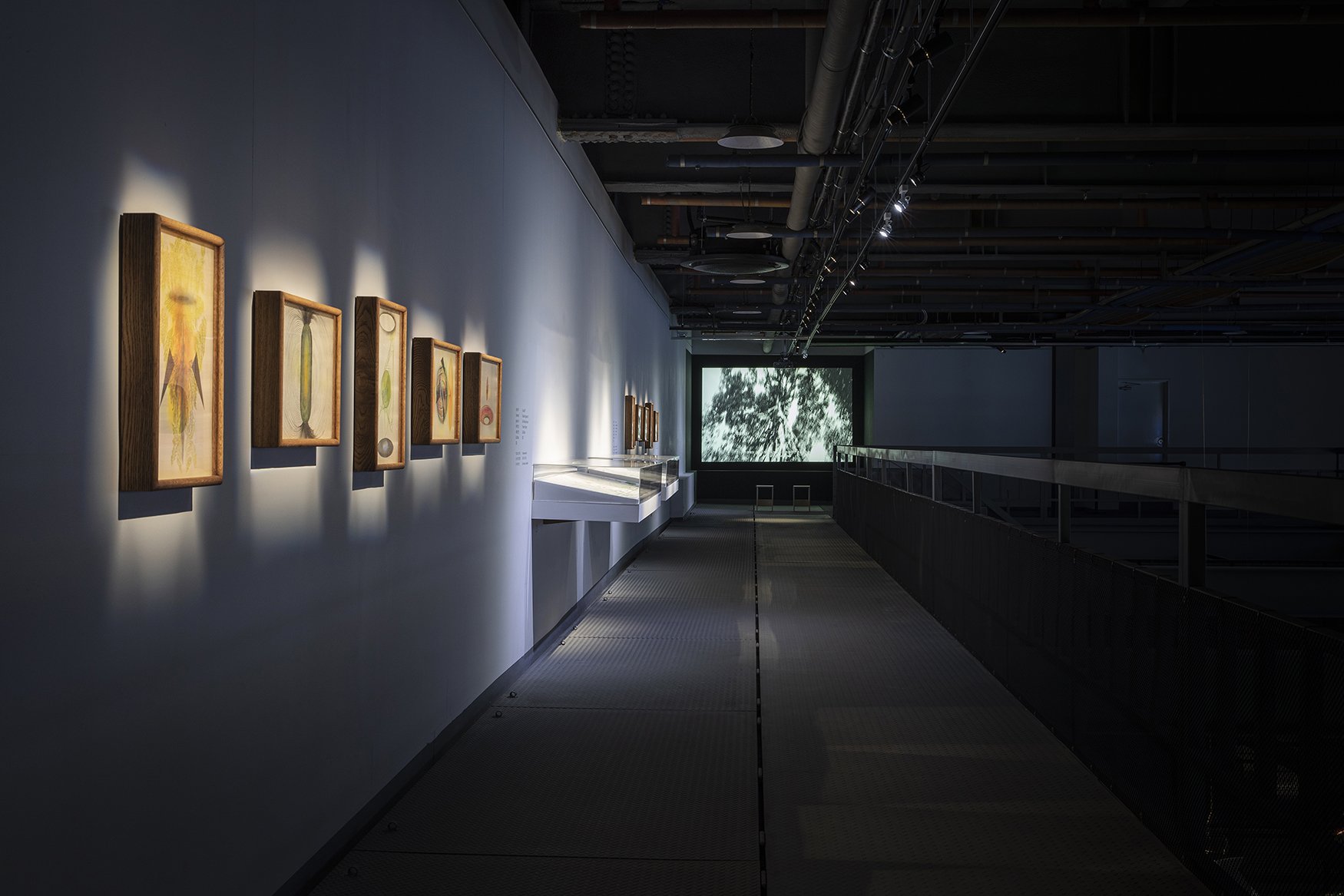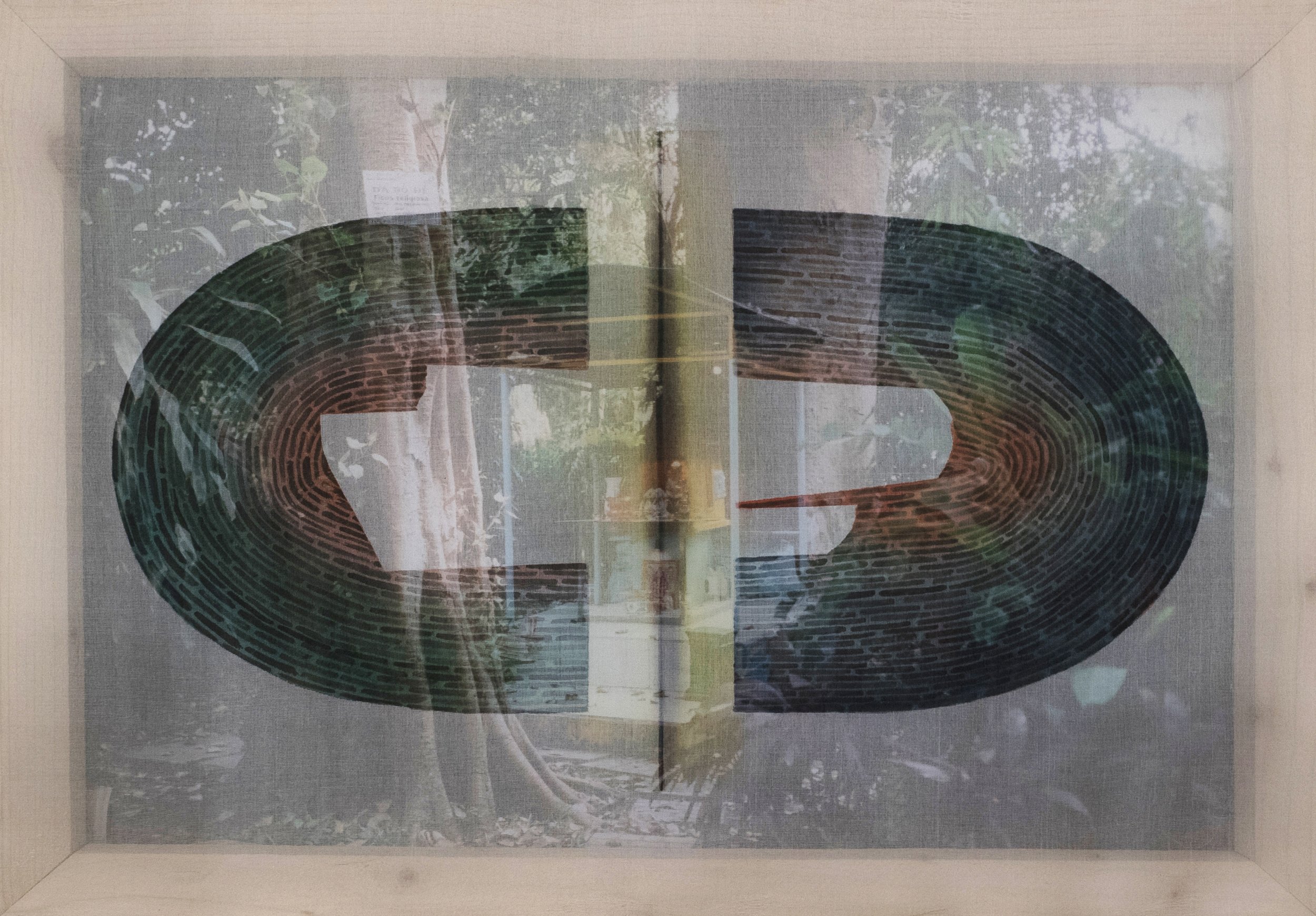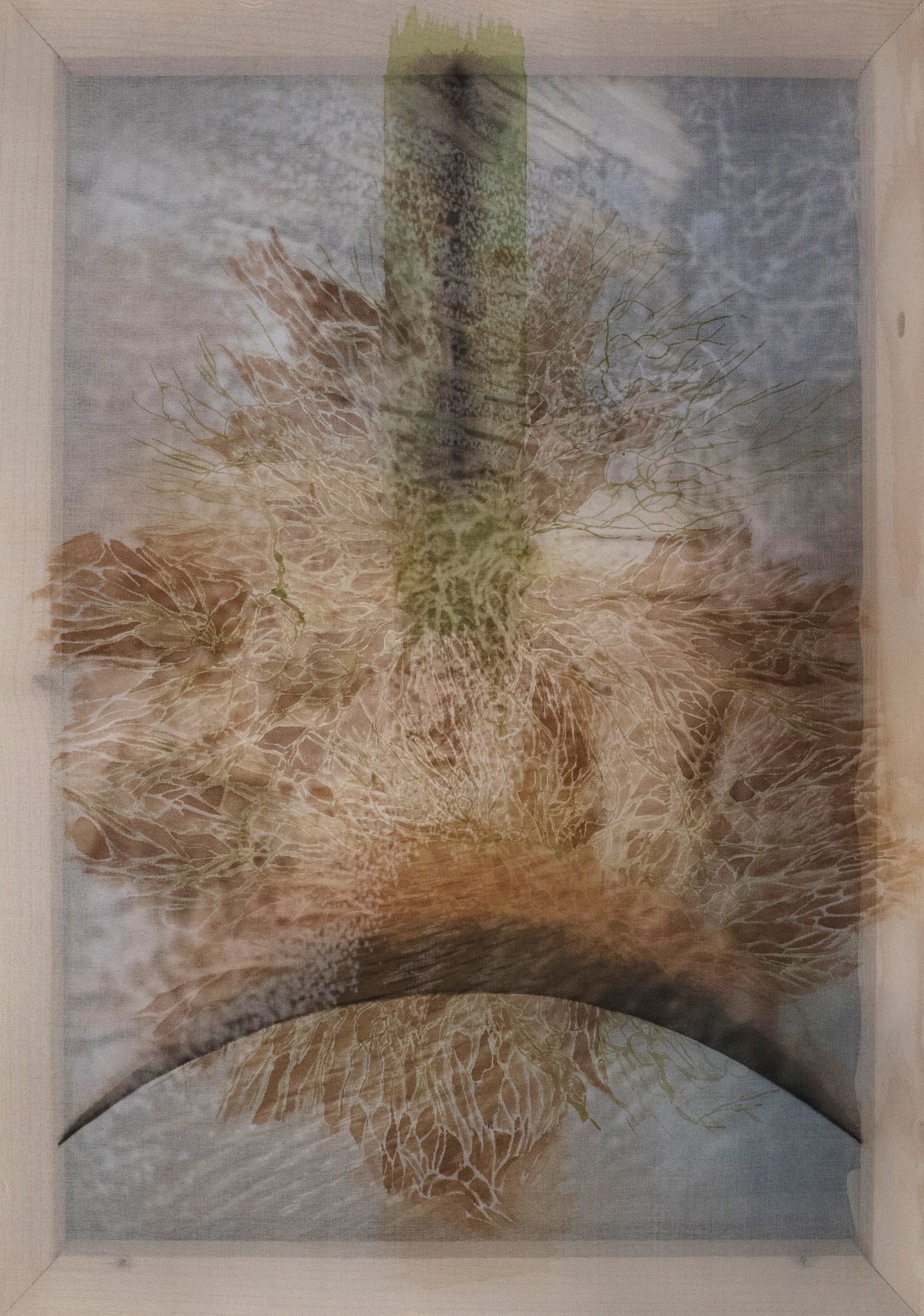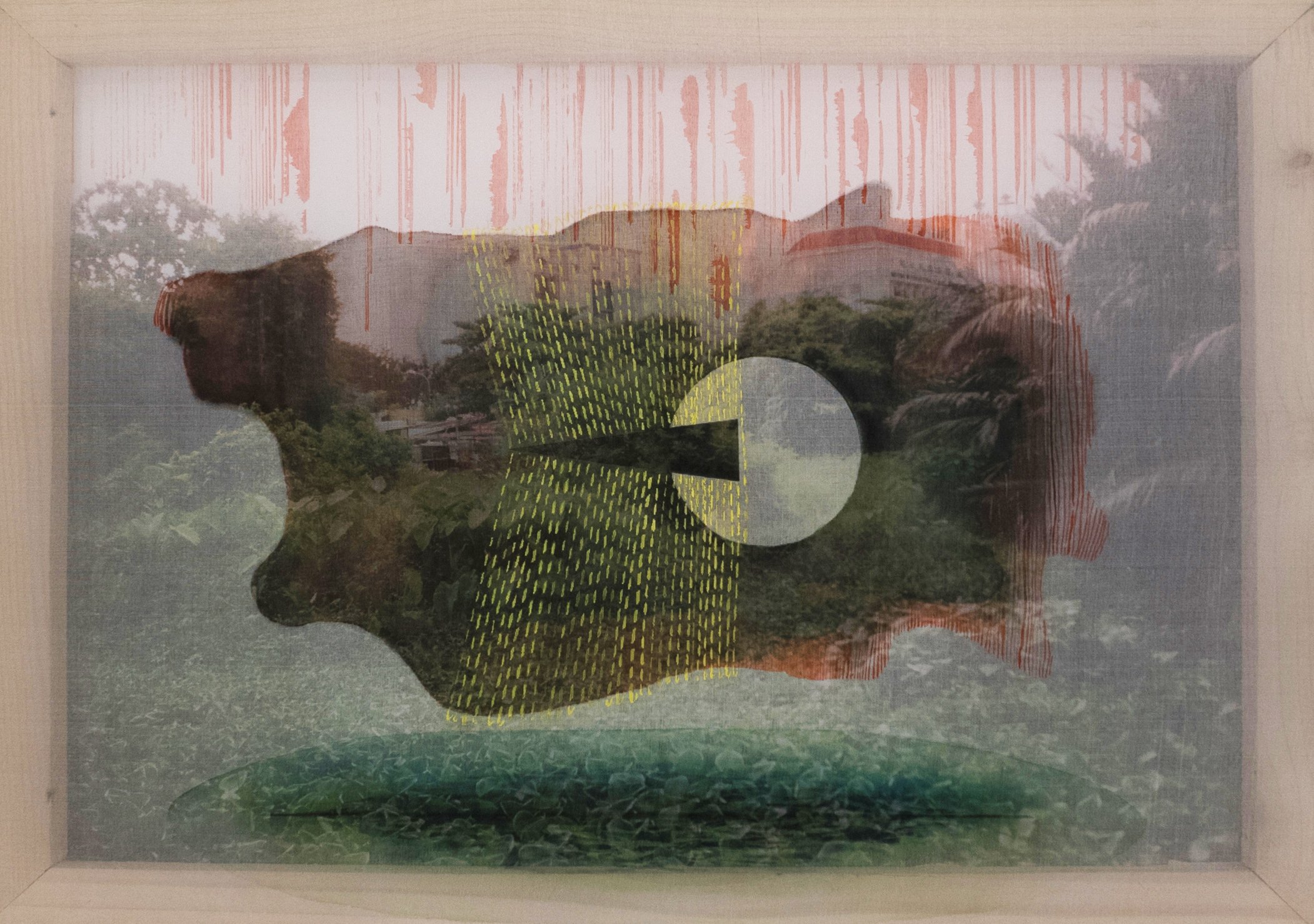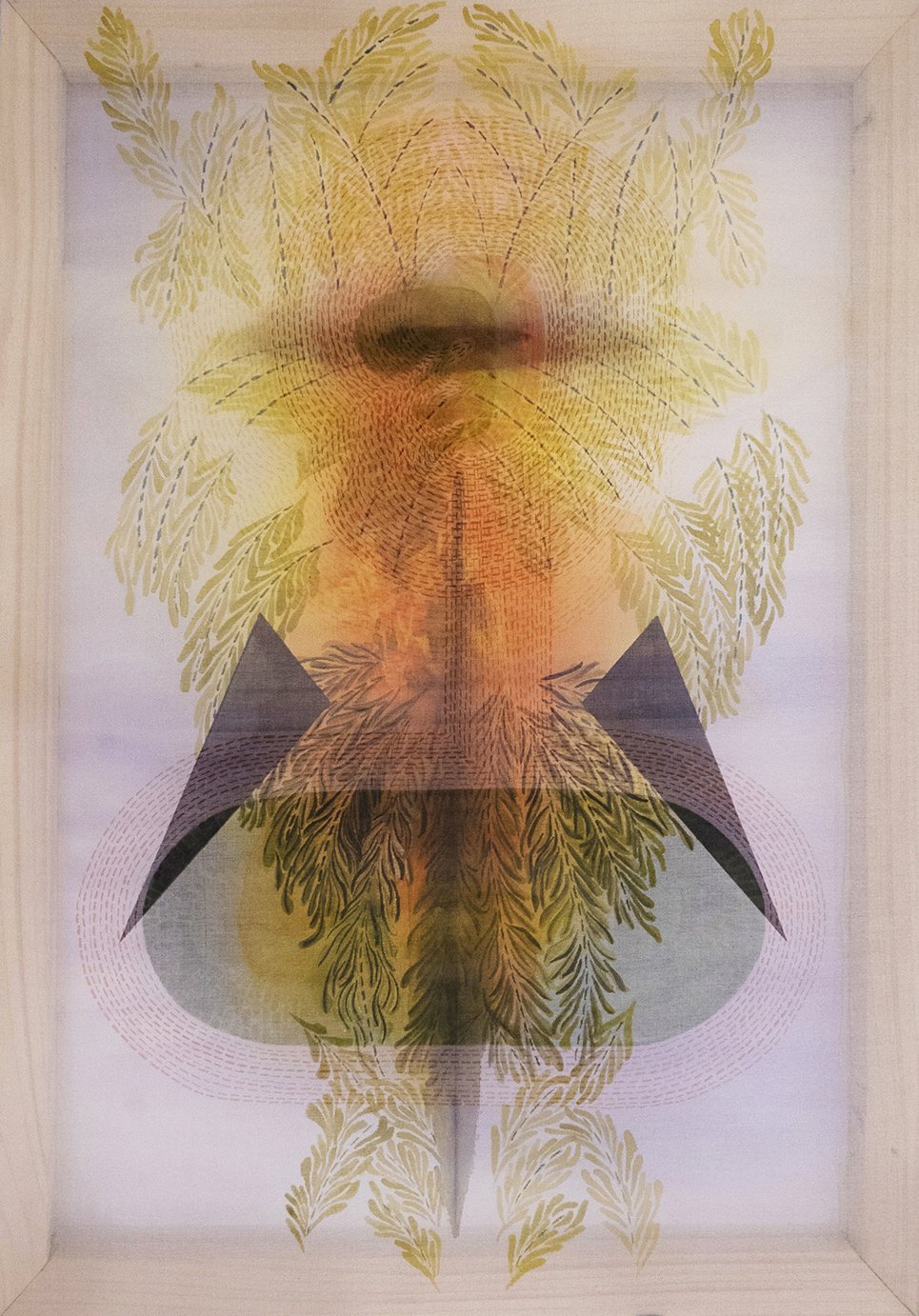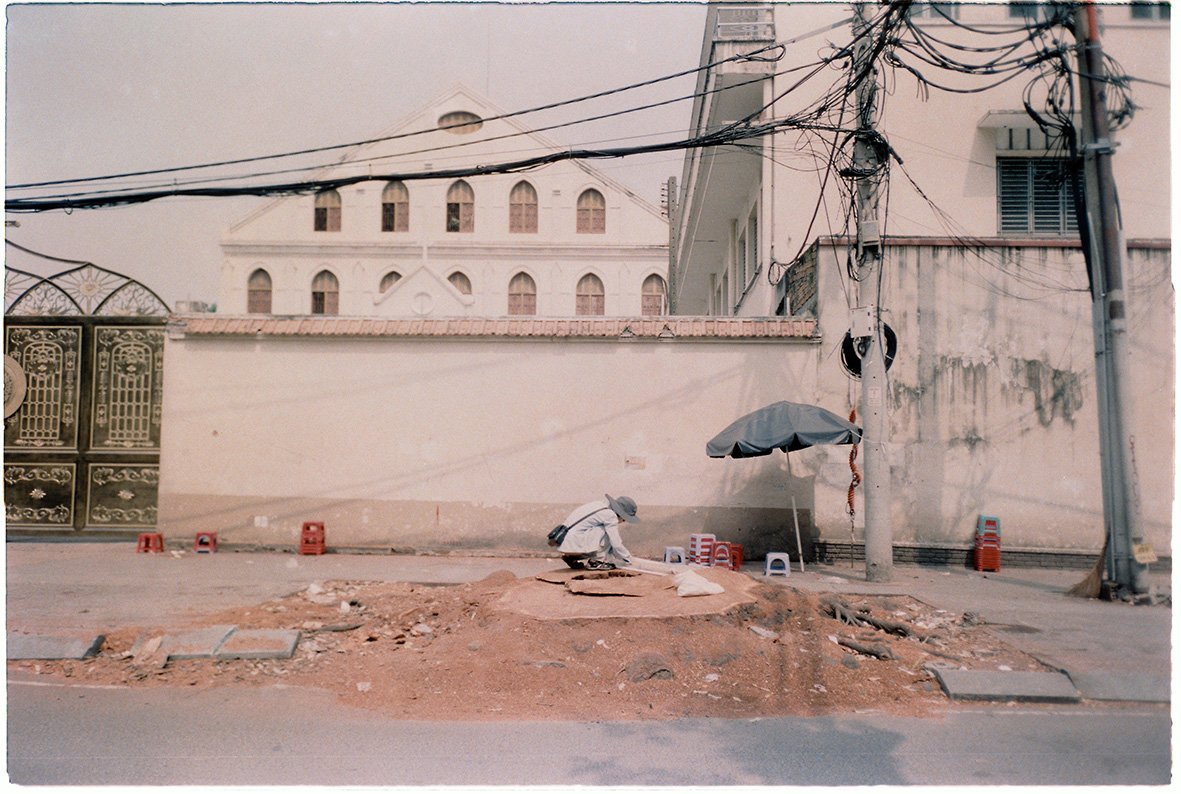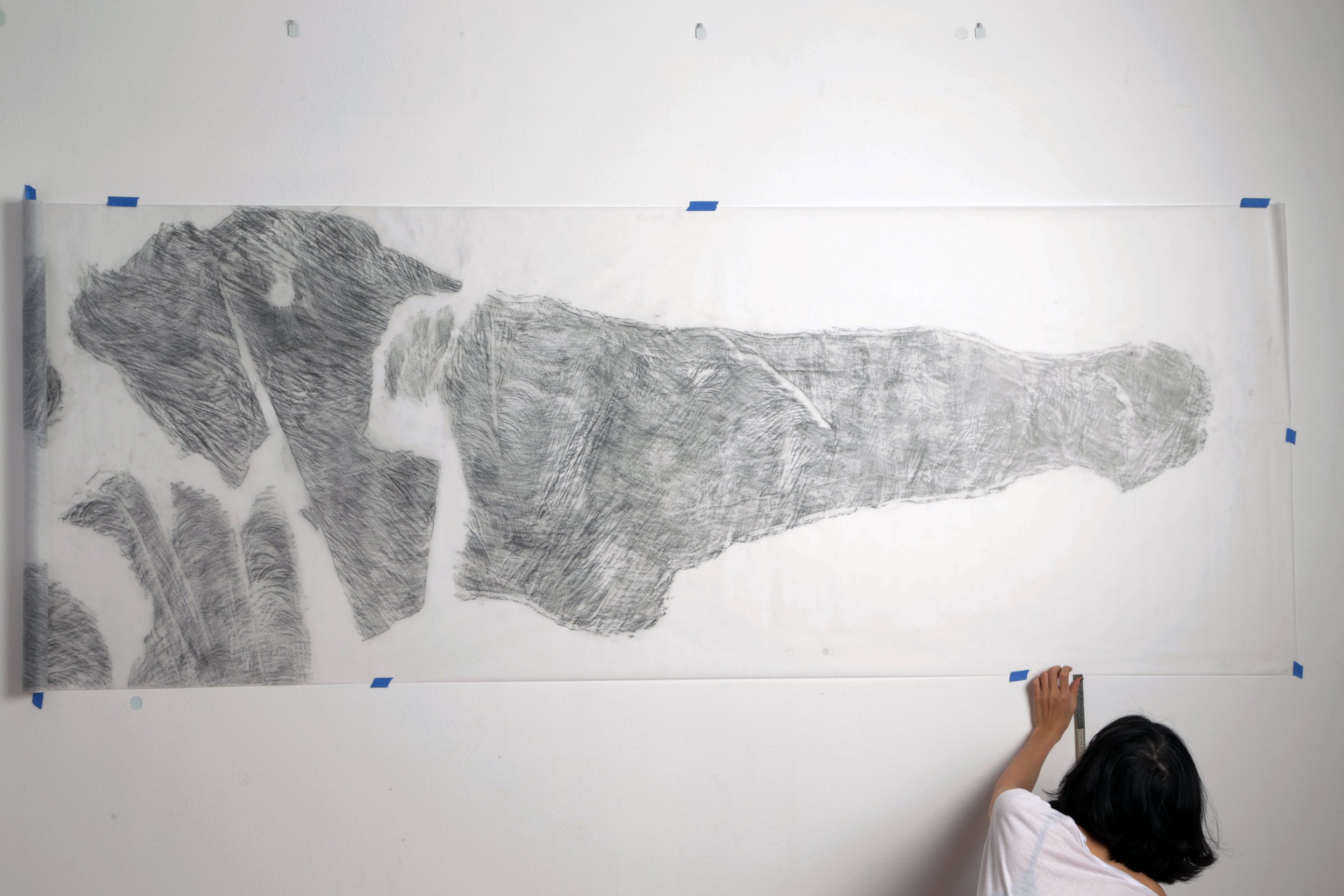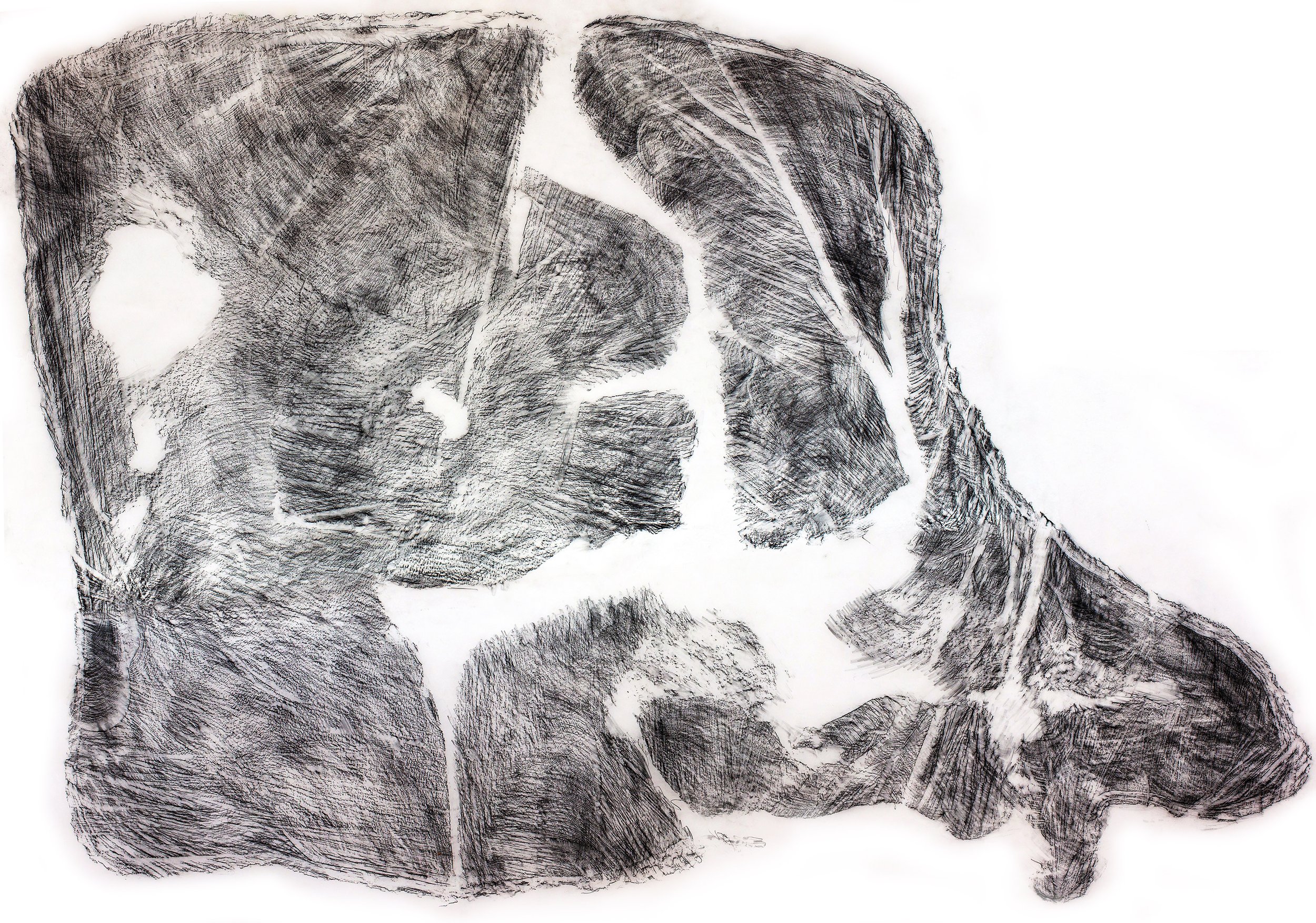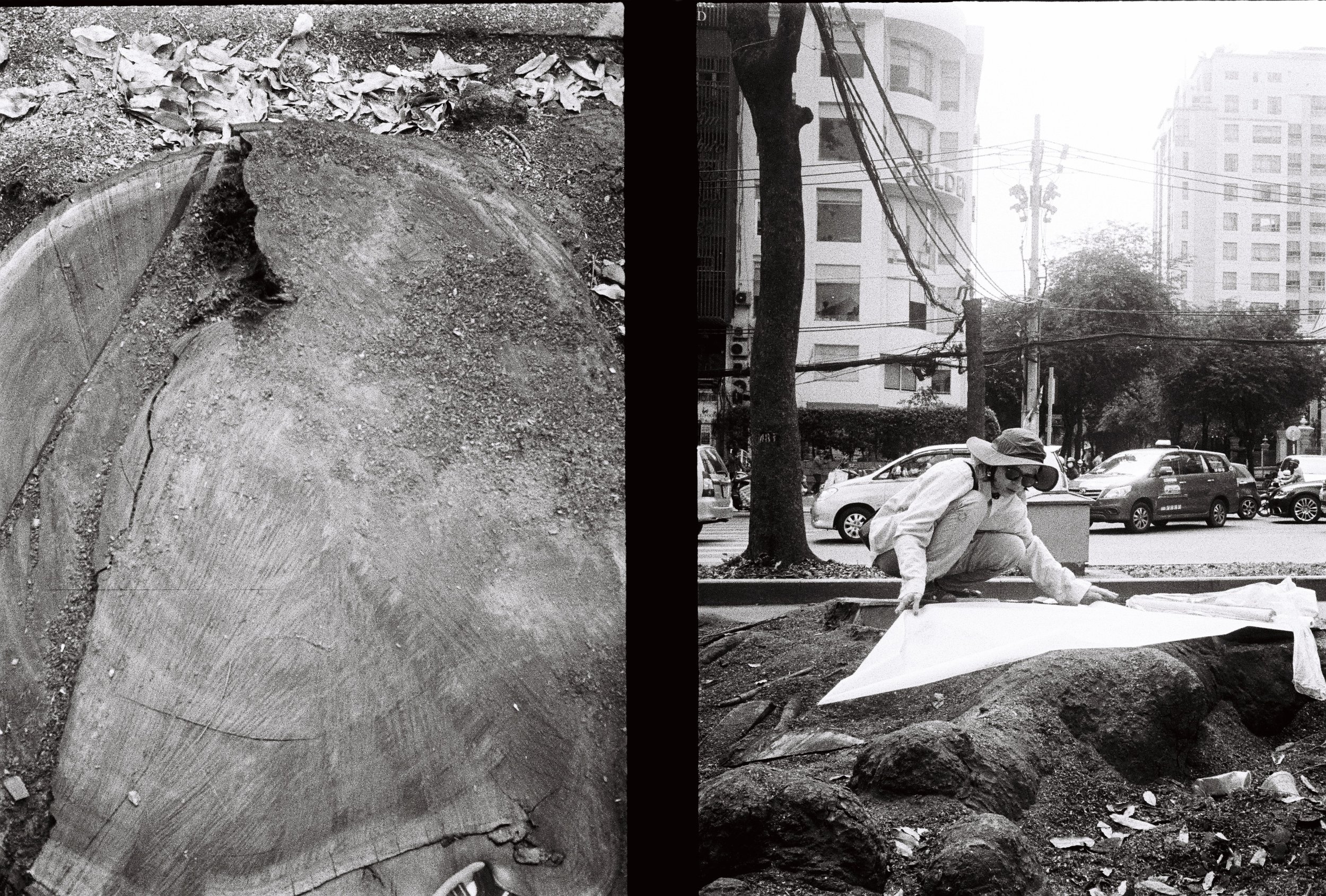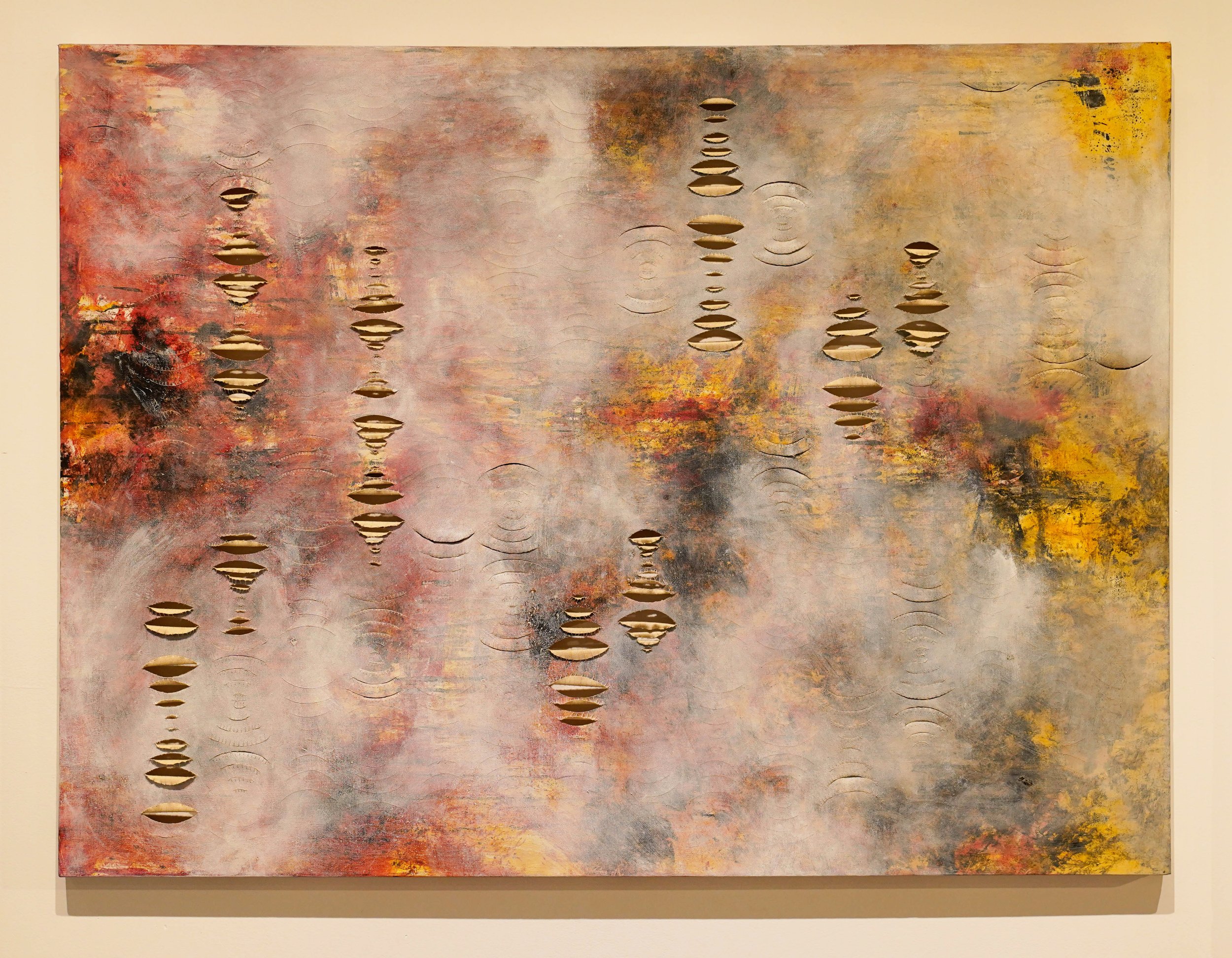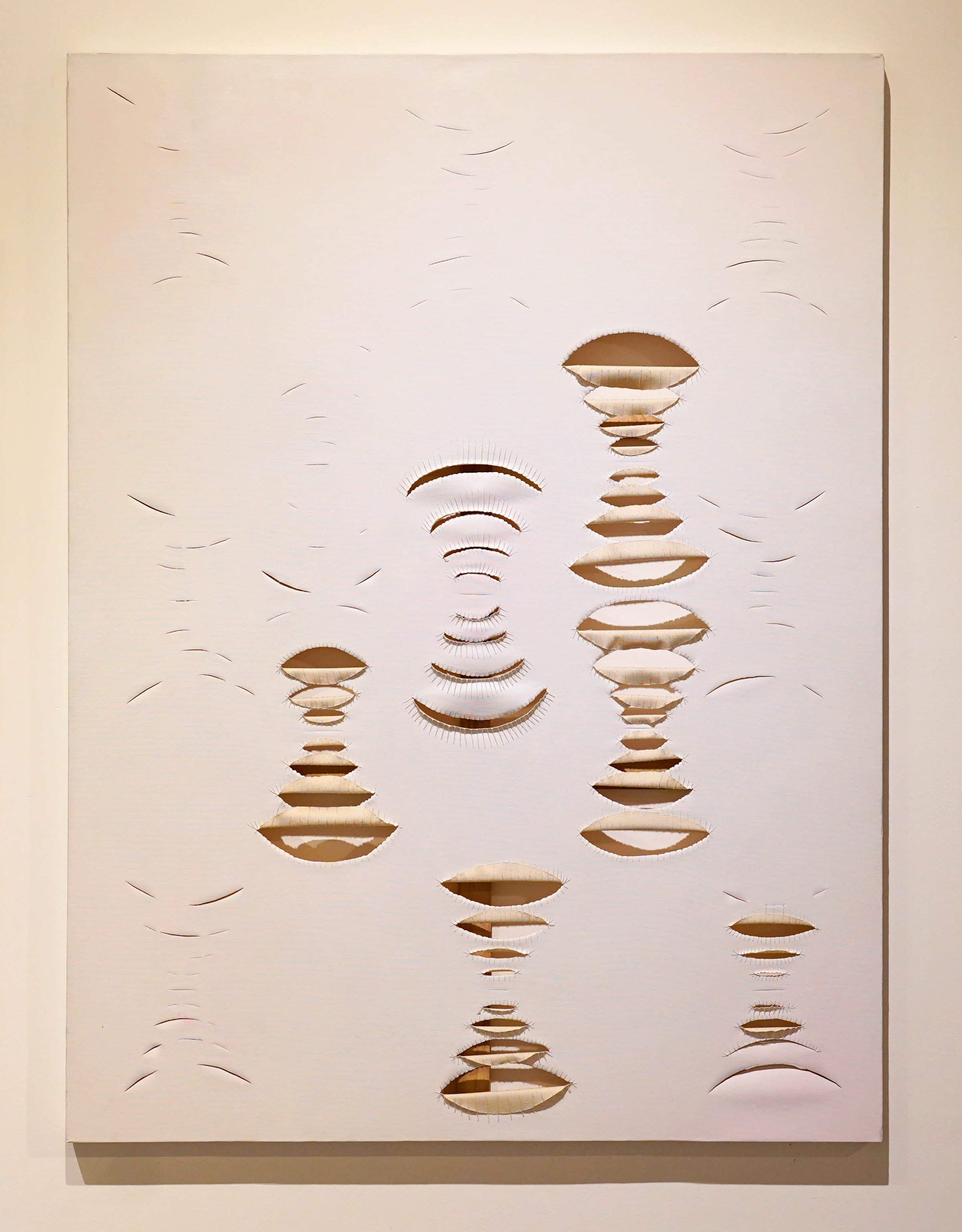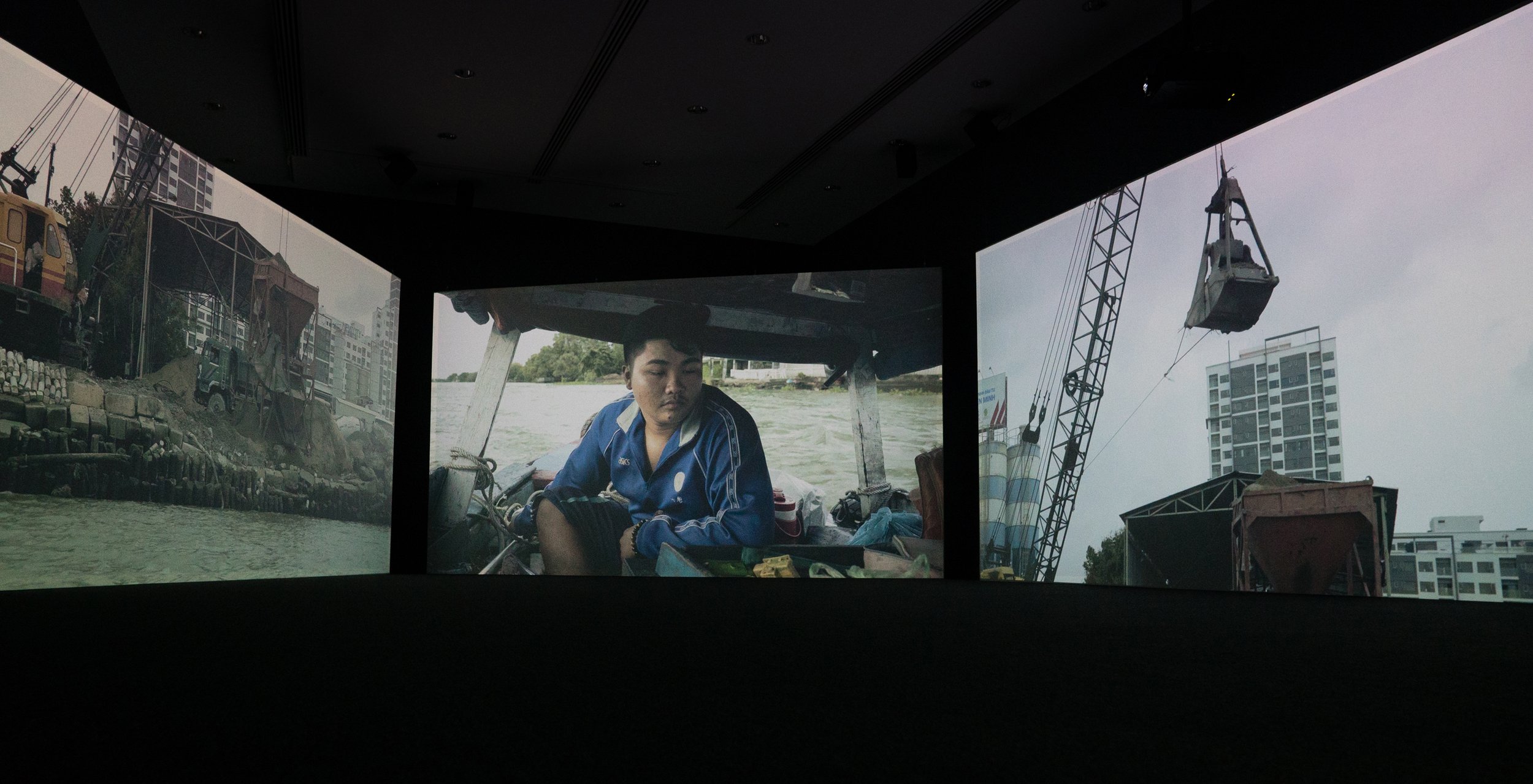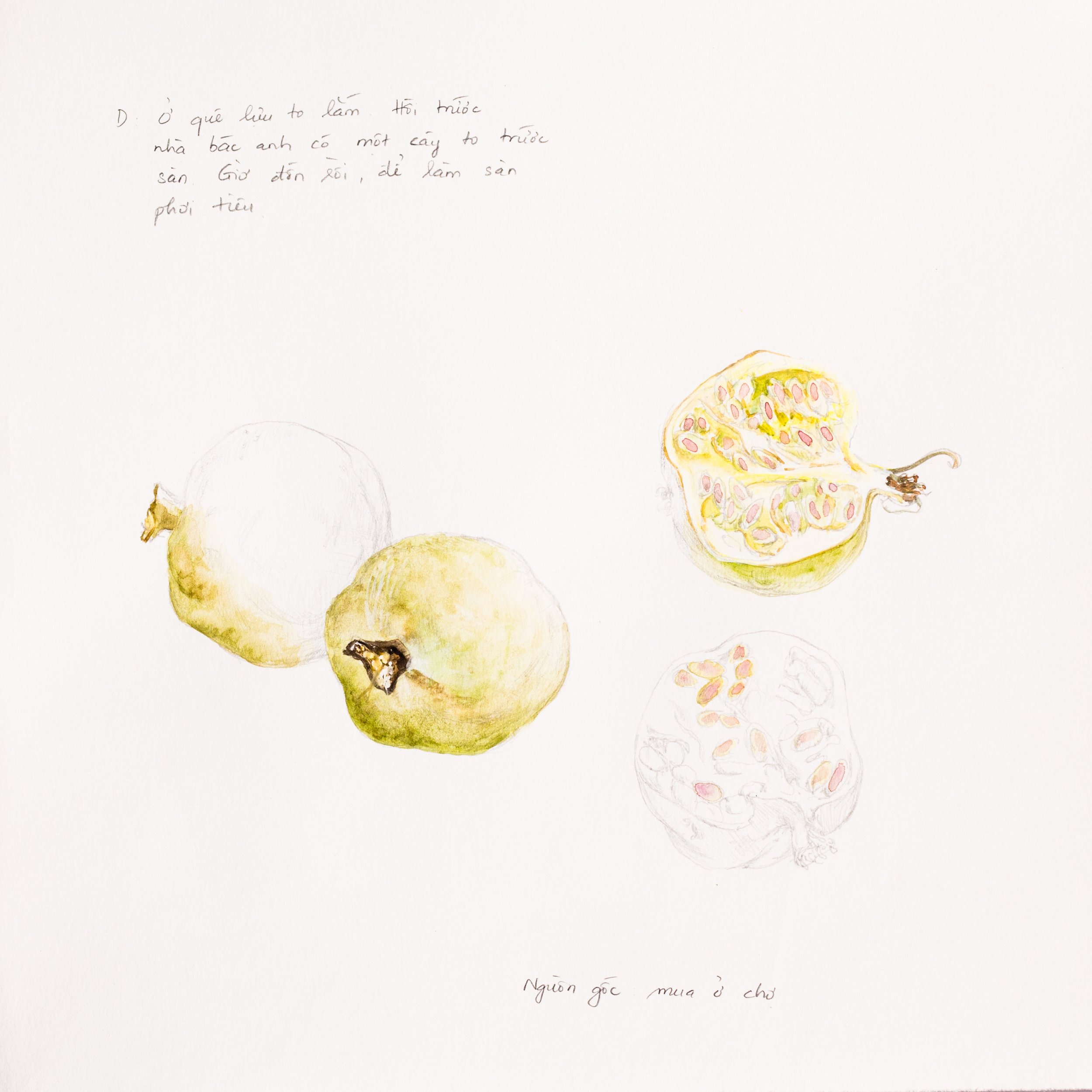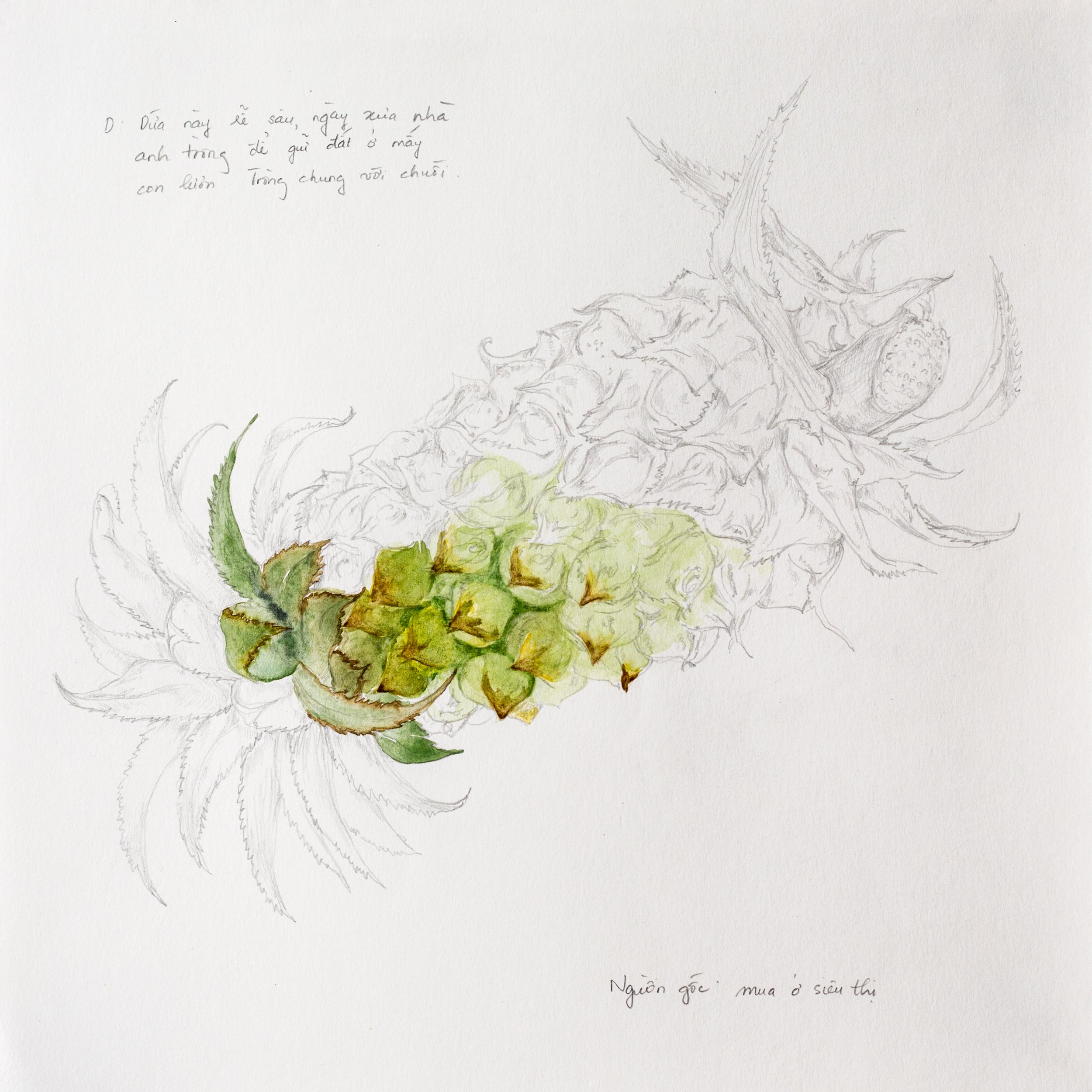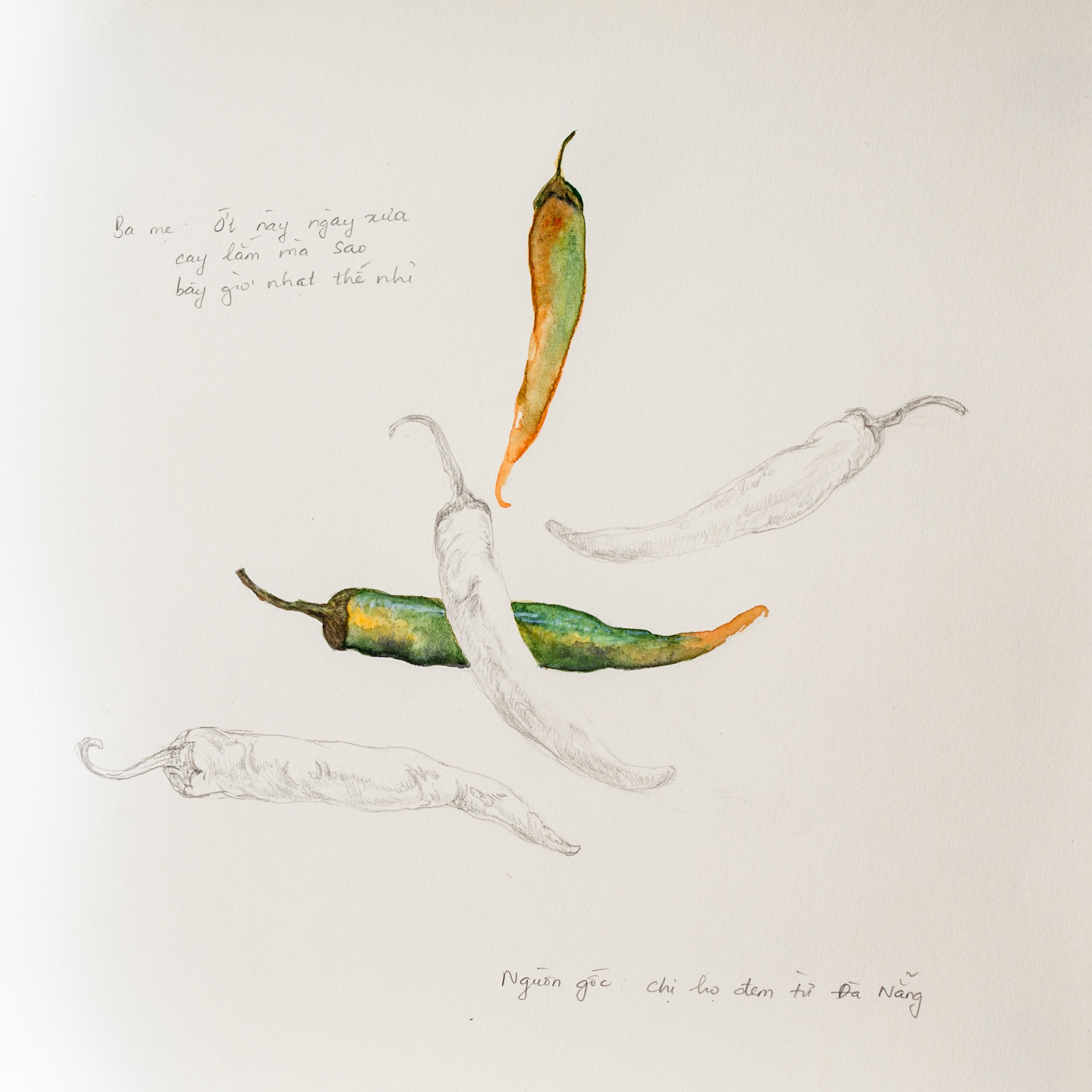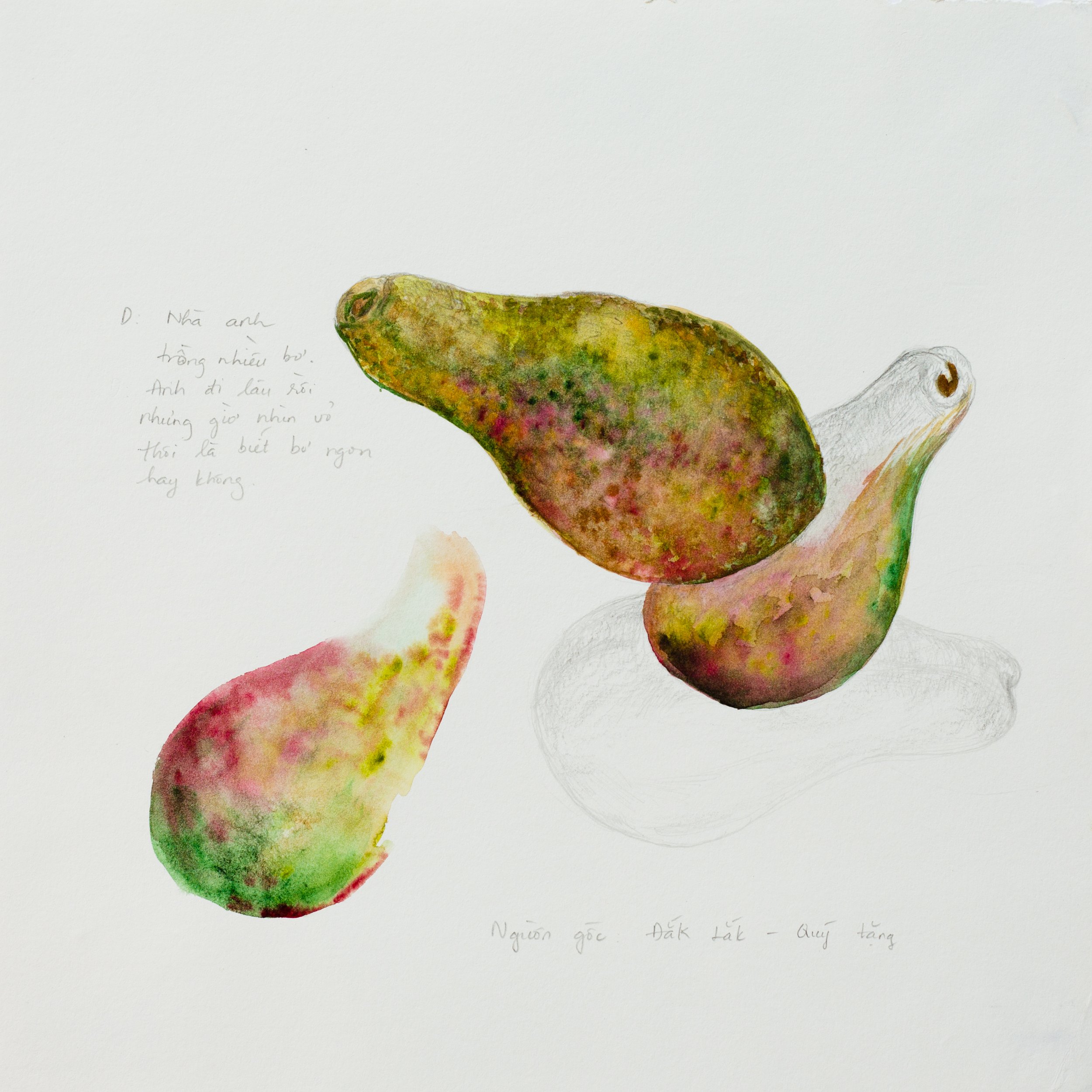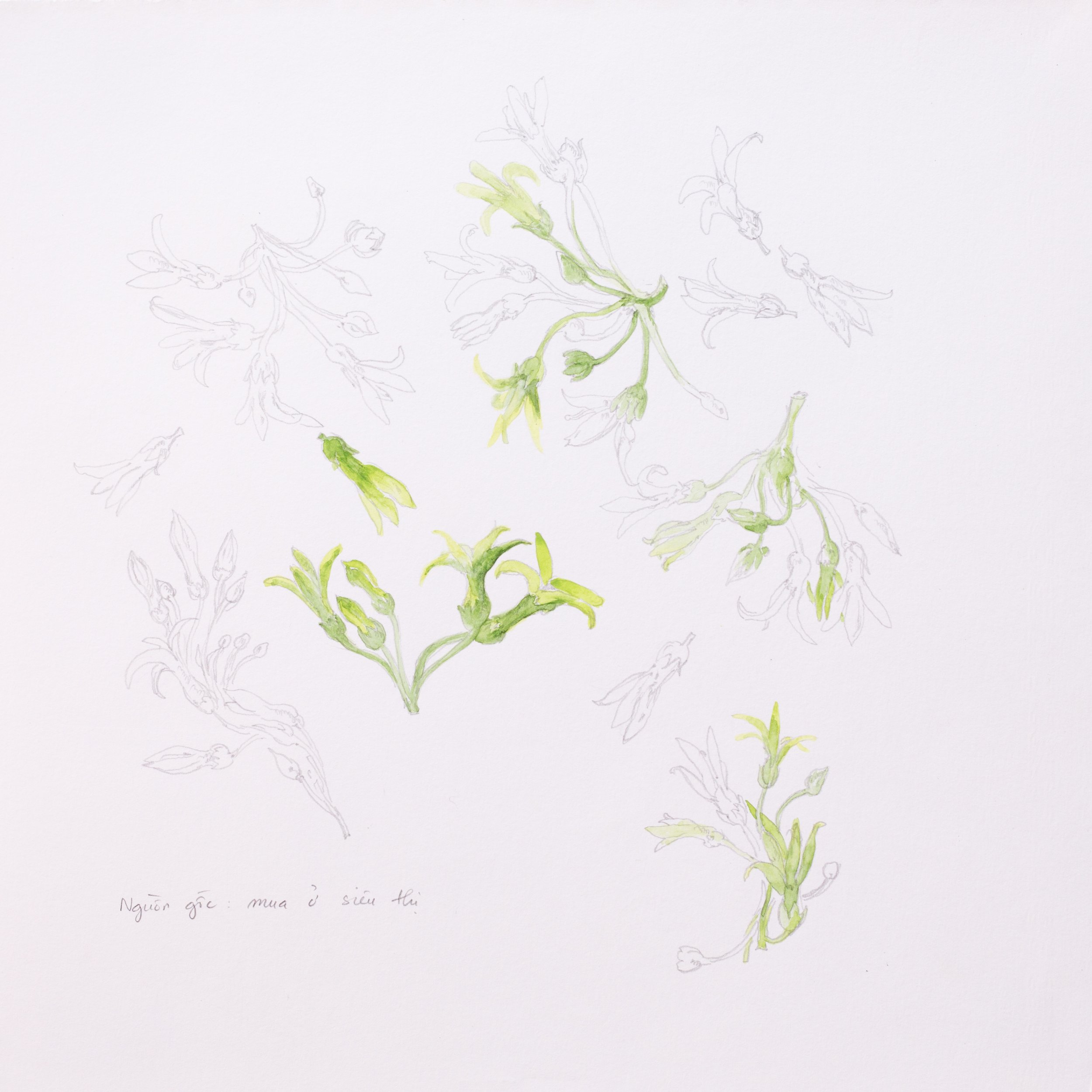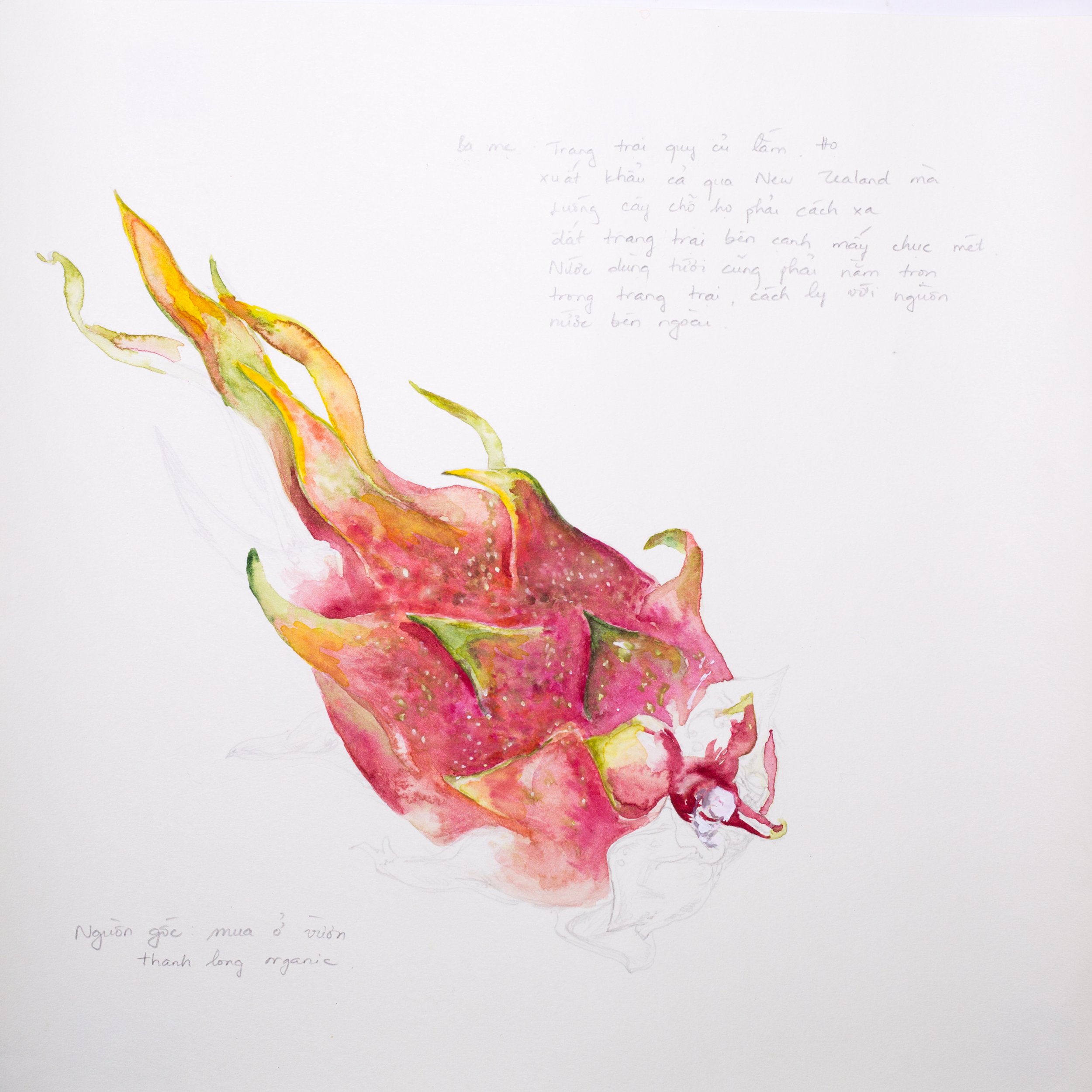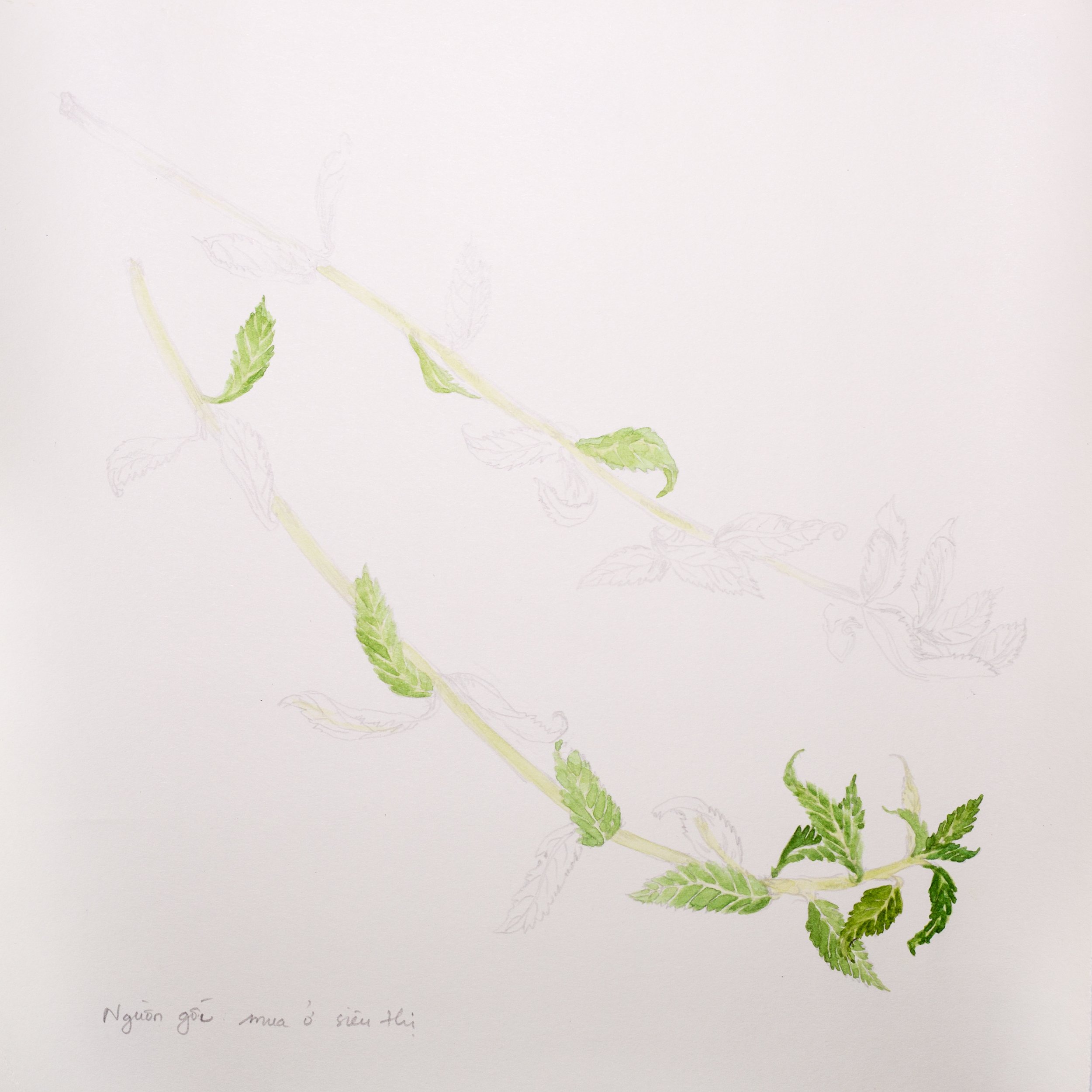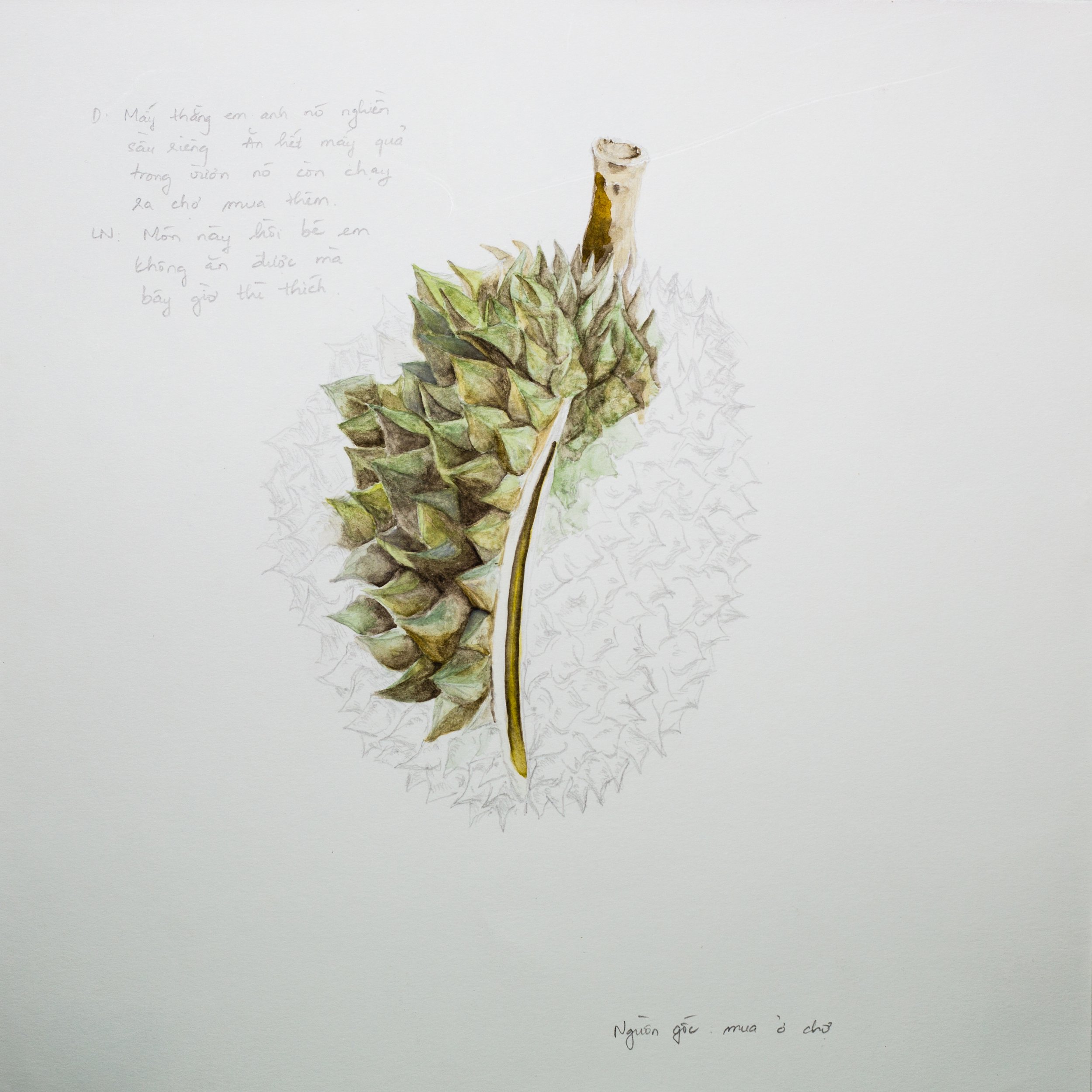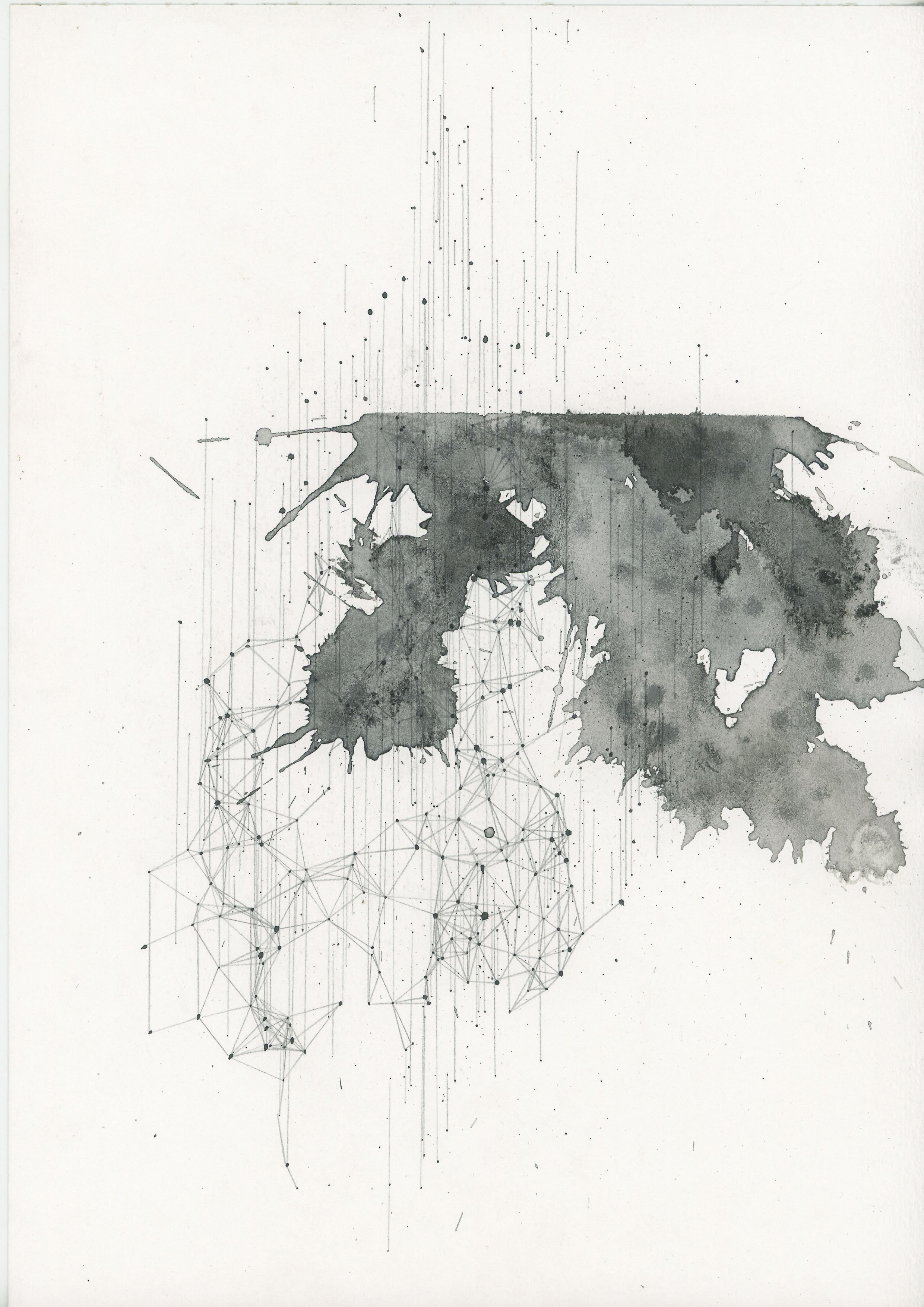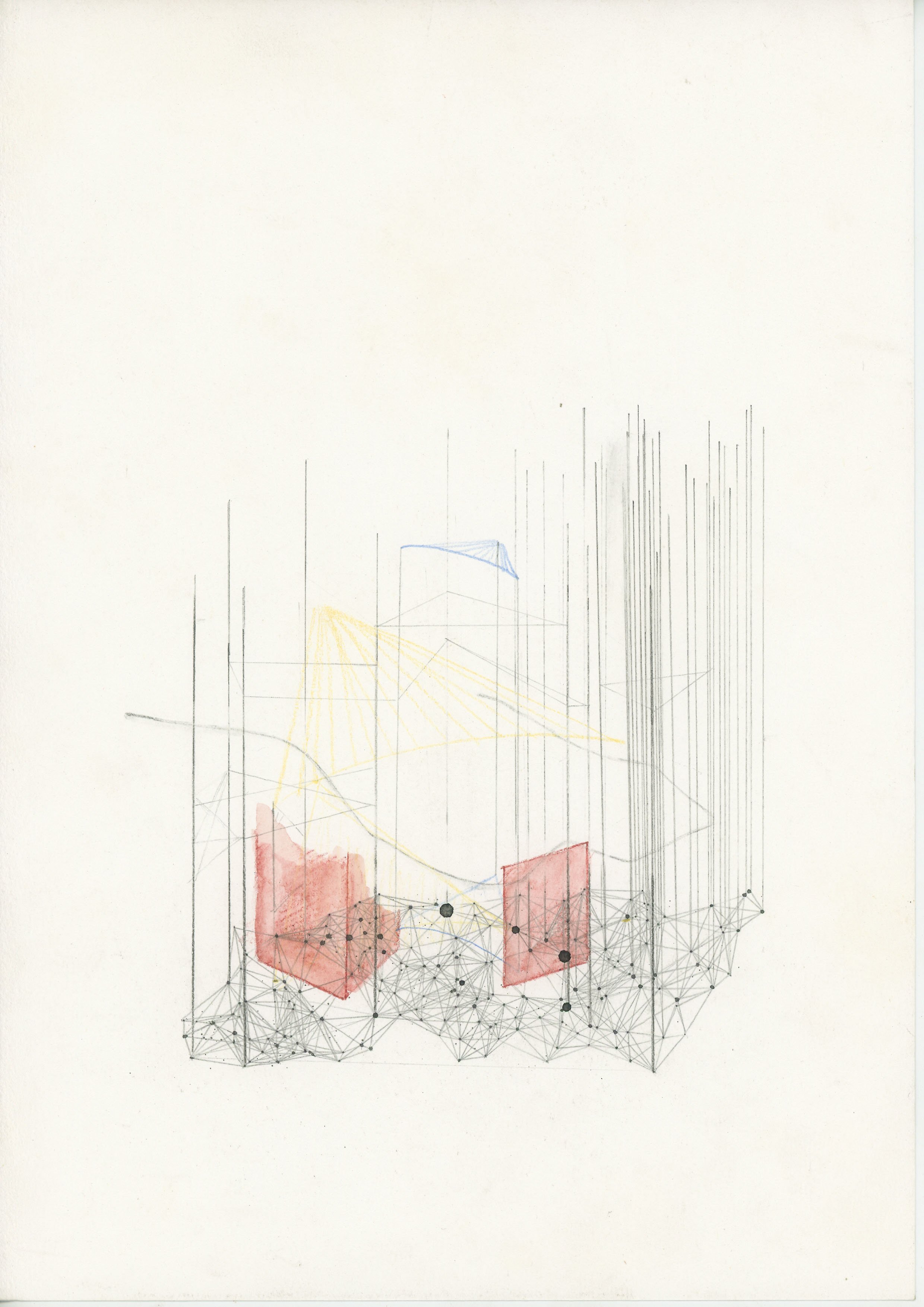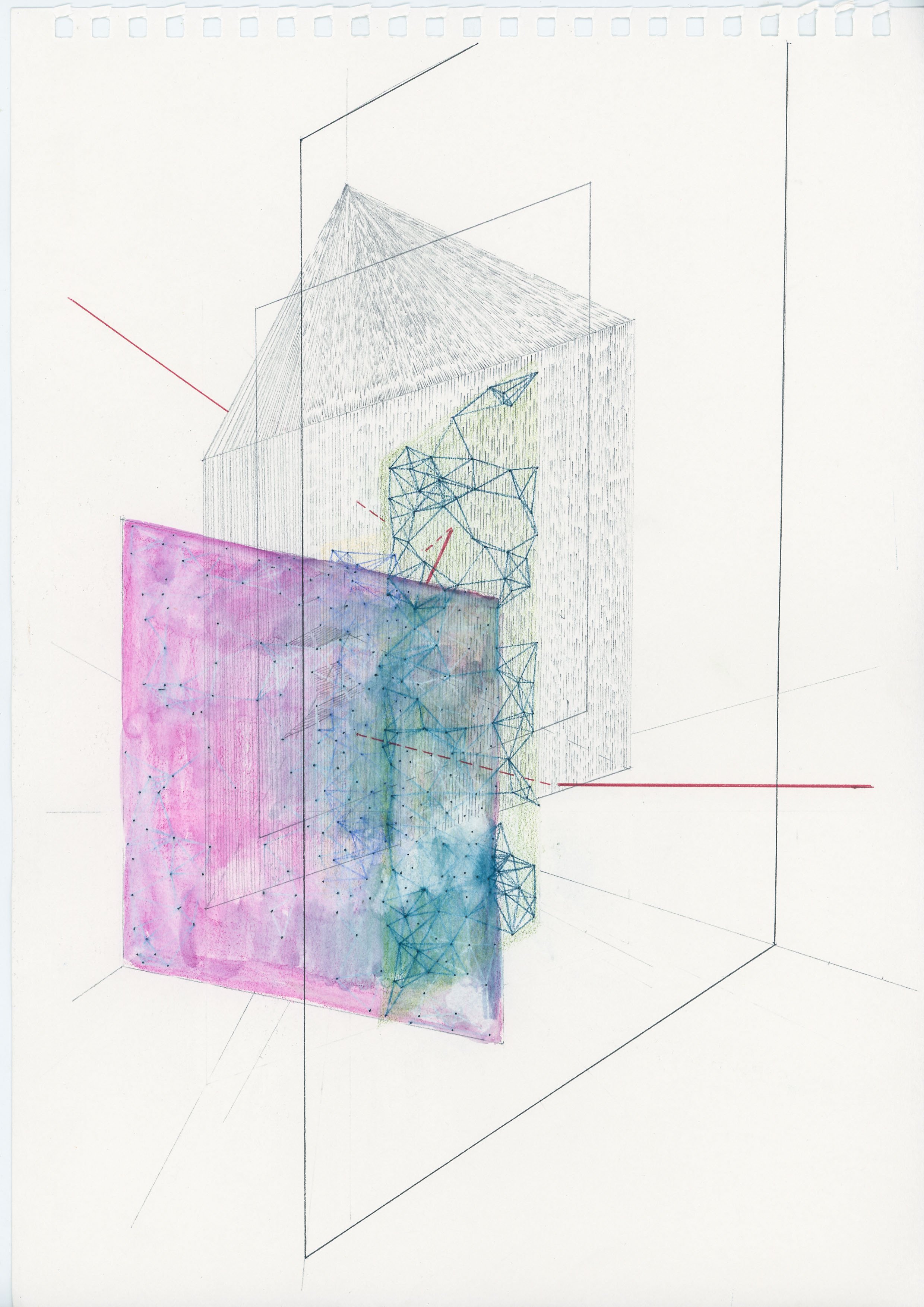Precious. Rare. For Sale. 2023. found footage video. 12:40 minutes.
Commissioned by Asian Film Archive
Precious. Rare. For Sale. takes a broad sweep at the presentation of nature in Vietnamese moving images from the 1990s. From being an abode for majestic and magical beasts, to serving as a backdrop for war heroics and social realist tragedies, representations of nature have been shaped by Vietnam’s changing socio-political contexts.
Reflecting on how filmmakers have portrayed the environment, Bùi questions the ethics of exploiting nature for the camera. While early ethnographic films shot by the French depicted the Vietnamese jungle as an untouched, primitive landscape, today’s images of razed forests and neatly-partitioned land plots reveal how nature has become a commodity for a rising middle-class. Captured on screen by property developers and thrill-seeking vloggers alike, nature’s images shape-shift constantly, feeding into an endless loop of mediated consumption.
— Text from Monograph 2023, Asian Film Archive
Circulations
2021 - ongoing. Layered silk paintings
Circulations 1 to 10 was commissioned by Posthuman Ensemble, ACC Focus 2021, Gwangju, South Korea
Inspired by a vivid dream where multiple creatures passed through my body, moving as if through a portal between this world and other worlds, I started to imagine soul as not a singular entity but a valley full of numerous forms. One’s body is merely a small door in this life where forces across many dimensions converge in unique combinations.
This Buddhist-influenced and Taoist-inspired fantasy perhaps is a desire to break from the linear time space continuum and analytical logic that govern today’s world and to connect with other lifeforms on a deeper level.
Kindred. 2021. 7:38 minutes 1920x1080. 25p. color, stereo.
Kindred text cowritten by Elizabeth Ang.
Made with the support of NTU CCA Residencies and Asia Culture Center, Gwangju.
Invoking the imagination of water as a conduit to spiritual realms, Lêna Bùi’s film poem contemplates reincarnation in a mesmerising mosaic of sounds, languages, and images taken from different places and time peri- ods. The film opens and ends with water, passing through the underworld where boundaries between nations, species, and eras become porous. In this radically open state, we are free to flow between our own memories and those of the universal.
— Text by Nguyen Dinh Ton Nu, taken from Echoes, Embers a Nhu Trang Trong Dem x Asian Film Archive film program
Blue Filaments
2018 - ongoing
This ongoing project revolves around felled trees and recurring dreams, ancestral wisdom and haunting apparitions.
Inspired by the massive cutting down of Khaya Senegalensis trees (a species native to West Africa) for urban development purposes on one of Saigon’s oldest streets, I explore the intersections between botanical studies and urban planning in Indochina, its link to other countries in the region and West Africa under the French colonial empire.
The project consists of a performance in 2018 on Tôn Đức Thắng street where 143 Khaya Senegalensis ranging from 100 to 150 years old were chopped down. Every day for a month I came and made rubbings of the left behind stumps.
In progress is also a number of short videos and a dramaturgy of fictional and factual characters who manifest themselves as spirits residing in trees intent on observing the present while murmuring unspoken stories from times gone by.
Red | White | Pink. 2020. Mixed-media paintings
“Lêna paints women but seemingly from the inside out. Turning their emotions and psyche into elementary forms, akin to pagan symbols of fertility and femininity, and with a structure that emits both pain and power. The abstract language takes people away from preconceived notions of the female corporeal forms.
Three paintings, one white with hints of hot pink, one black layered on a deep red, and the last one—a layer of white fog over strokes of warm and dark colors, evoking flesh and blood, and passion. They are simple yet moody. The surfaces are cut and stitched in patterns that appear and disappear, like moon rhythms, ripples on a surface, mouth speaking or trying to speak, sound waves traveling, etc. There is something logical yet sensual about them, and in some parts also vulgar and tortured.”
— Nguyen Phuoc Bao Chau, text from the group show Am I Superwoman at Sàn Art, Vietnam.
Supported in part by the Dogma Collection
home (good infinity, bad infinity). 2018. 3-channel video installation. 13:46 minutes
Commissioned by Sharjah Art Foundation
Against a backdrop of production and construction, the constant exchange of goods and materials, and an ever-changing cityscape along the waterways in Saigon and Sharjah, I try to understand the idea of 'home' and the human-scale experience of rapid urban changes in an individual's lifetime.
Are certain types of growth necessary, or are they merely speculative investment bubbles? Are there traditions from the past that we should retain, or are we heading towards a future where, as Henri Lefebvre observes, ‘old “ways of life” become folklore’? Do we actually have ownership in the shaping of our cities, or do we feel completely at the mercy of the process? And what is our direct relationship to the land and water?
Nắng Bằng Phẳng | Flat Sunlight. 2016. Duration: 47:45 minutes. HD 16:9, 1080p30 – Color, Stereo
Funded by AXA Research Fund, in collaboration with Oxford University Clinal Reasearch Unit Vietnam
Giang visits her aunt Muoi in Tien Giang for the summer. Seeing her 60-year-old aunt constantly busy with farm work, Giang decides to help out.
The film develops through Giang’s perspective, weaving documentary footages with a fictional storyline. Through Giang and aunt Muoi’s developing relationship we get a sense of the slow and drawn-out rhythm of life in the rural South of Vietnam, the close contact between human and animals, the switch from traditional methods to reliance on industrial feed, concerns surrounding food safety, and the perception and interests of a typical farming household in the Mekong Delta. The film also contemplates the inseparable ties between life and death.
Vegetable diary. 2016. pencil and watercolor on paper. a set of 60 drawings 30x30cm.
Vegetable diary, 2016, is a collaboration between artist Nguyen Quoc Dung and me. I grew up mostly in the city, having to buy every produce I consume. He grew up in the countryside in DakLak, in a family who farms for a living, so naturally when it comes to fruits and vegetable, he has many interesting memories to share.
This series mixes half finished drawings in the style of botanical illustration and fragments of conversation and stories surrounding the food. It is a reflection on the influences that shape our choices and taste buds when consuming a certain vegetable or fruit.
Innocent grasses. 2016, pencil and watercolor on paper. 169x61cm.
Painted in botanical study style to show the value of close observation and appreciation, and with the same intent to question lost knowledge as the series “Vegetable Diary” these two panels depict plants people in the city commonly see as weed and grasses, but actually each and every plant has medicinal value according to traditional Vietnamese medicine. I picked the most common type of plants still found in urban environment.
Passage of the mass. 2015. Single-channel video, color, sound. 07:39 minutes. Commissioned by the Carré d’Art-Musée d’Art Contemporain, Nîmes, France
Thresholds of Motion
— the phenomenon of collective behavior
2014-2015
From microscopic bacteria to flocks of birds, school of fish, or groups of people, this body of work examines order in collective behaviour and the power it creates through a series of drawing and video work.
At a junction without a traffic light, bikers in Vietnam wait until their number grows and at the right moment, unprompted by any one specific leader, they move together, creating a pathway that cuts across the street. Instinctively, as social creatures, we understand the power in numbers. In nature, individuals, responding to different needs and situations, become unified groups in a more complex and magnificent manner, creating spectacular swarm movements while avoiding collision.
Our ability to subtly engage with our surroundings can create both order from chaos, as well as mob panic, or conformist sheep-like behaviour. In Vietnam, where the government exerts tight top-down control on information and movements, this ability to form order en-mass without centralized control is particularly interesting to me.
From real-life observation and science researches, this body of work examines these powerful collective movements and moments of right if-then situations where order emerges and the crowd is propelled forward.

